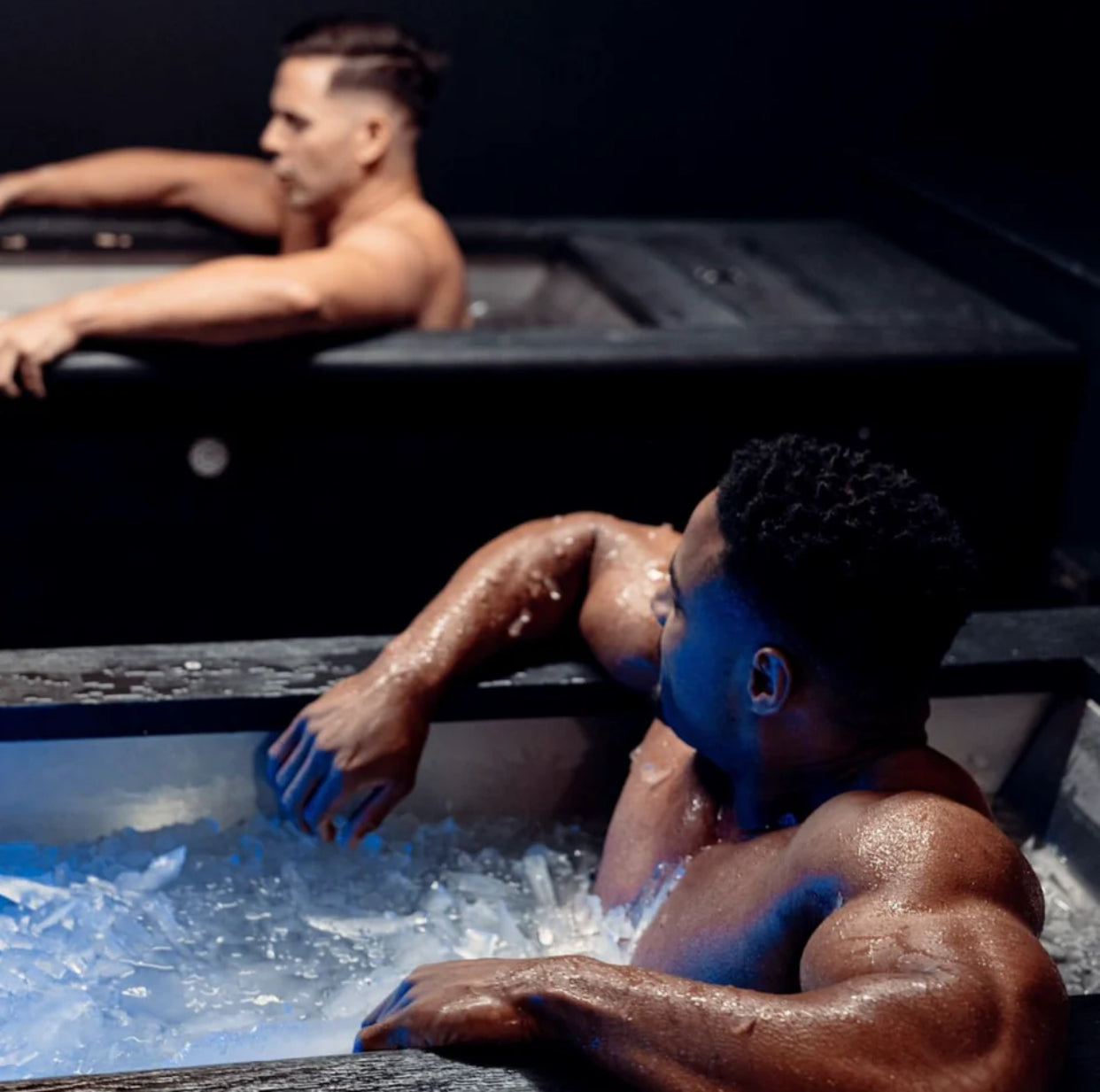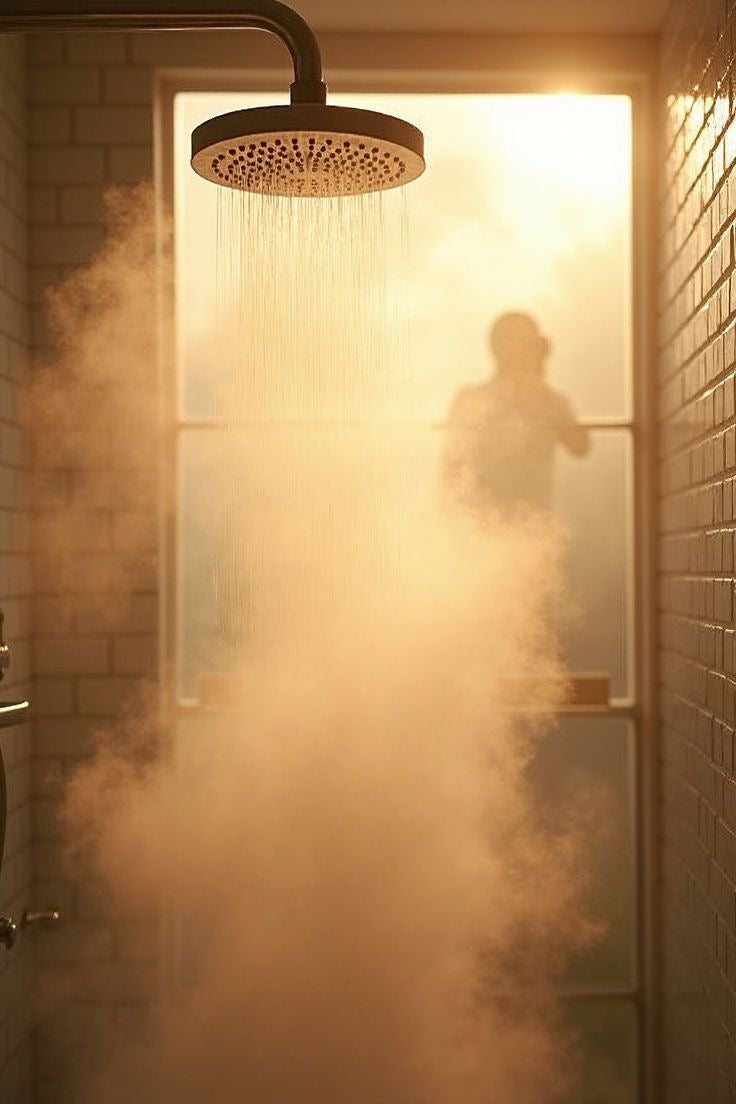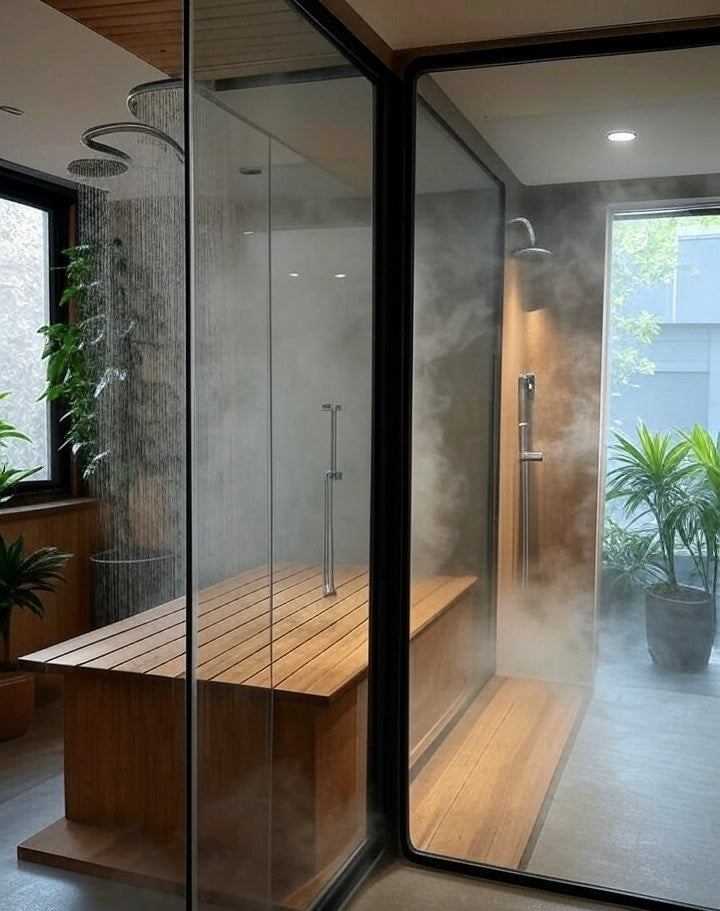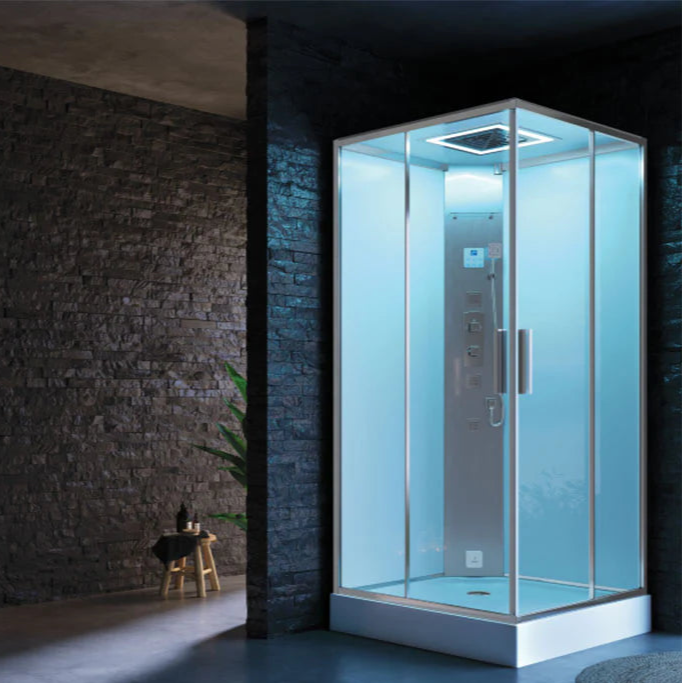Just crushed your workout and wondering when to dive into that Cold Plunge or Ice Bath Tub? Short answer: within 30 minutes is best! But it depends on your fitness goals. Keep reading to learn when the Cold Plunge Tub works with you—not against your gains.

Understanding Cold Plunge Timing: Is There an Optimal Window?
Immediate Post-Workout Cold Plunge: When it Works Best
Jumping into a Cold Plunge Tub straight after your session can be powerful—especially if you're into cardio or endurance workouts.
Benefits for Endurance and Cardio Training
Cold water immersion may help bring your heart rate back to baseline, reduce fatigue, and ease muscle strain.
It can also speed up the clearance of lactate from your bloodstream.
You’ll recover faster and be ready for your next run or ride.
Reducing Acute Inflammation and Soreness (DOMS)
Cold exposure limits micro-tears and inflammation, which leads to less delayed-onset muscle soreness (DOMS).
The cooling effect minimises swelling and supports overall comfort the next day.
This is ideal for athletes with back-to-back training sessions.
The "Wait and See" Approach for Strength Training
If your goal is muscle growth, you might want to pause before hopping into that Ice Bath Tub.
Why Immediate Cold Plunge Might Hinder Muscle Growth (Hypertrophy)
Cold plunges right after weight training can dampen muscle inflammation.
That might sound great—but some inflammation is necessary to trigger muscle growth.
The 4-6 Hour Delay: Allowing for Muscle Adaptation
By delaying your cold plunge for 4–6 hours, your body gets time to activate anabolic pathways.
This supports muscle repair, hypertrophy, and long-term strength development.
Wait it out, then plunge for recovery.
Cold Plunging on Rest Days or Between Sessions
Even when you're not training, cold immersion still has its place.
Enhancing Overall Recovery and Readiness
Using an Ice Bath Tub on rest days can support ongoing recovery.
It helps flush out residual inflammation and keeps your body primed for the next session.
Integrating Cold Plunge into Your Weekly Routine
For general wellness, 2–4 cold plunges per week is a good starting point.
You can adjust frequency based on your training load, sleep, and recovery needs.
Beyond Timing: Key Considerations for Effective Cold Plunging

The Science-Backed Benefits of Cold Plunging
Accelerated Recovery and Reduced Muscle Soreness
Cold water immersion helps lower muscle damage and pain.
It encourages quicker bounce-back between workouts.
Mental Acuity and Mood Enhancement
Cold plunging boosts neurotransmitters like dopamine and norepinephrine.
This improves mood, sharpens focus, and may reduce anxiety.
Potential for Improved Circulation and Metabolism
Alternating between cold and warm environments may improve blood flow and metabolic function.
It gives your vascular system a workout too.
Safety and Best Practices: How to Cold Plunge Effectively
Optimal Water Temperature Ranges (e.g., 50-59°F or 10-15°C)
Keep your Ice Bath Tub temperature between 10°C and 15°C (50°F–59°F) for safe yet effective cold exposure.
Avoid going colder unless you're experienced.
Recommended Duration for Cold Immersion
Start with 1–2 minutes and build to 3–5 minutes over time.
Never push past your limits—safety first.
Gradual Adaptation and Listening to Your Body
Your tolerance will improve gradually.
Always respect what your body is telling you and step out early if needed.
Addressing "Cold Shock" and Hypothermia Risks
Enter slowly, breathe deeply, and avoid holding your breath.
Have a warm towel or robe ready, and rewarm gradually—not rapidly.
Tailoring Your Cold Plunge Strategy to Your Fitness Goals
Cold Plunge for Peak Performance and Rapid Recovery
Strategies for Athletes and Competitive Individuals
If you're training daily or competing, post-workout plunges can keep you sharp.
They support muscle turnover and readiness.
When to Prioritise Fast Recovery Over Muscle Gain
In-season or during a competition phase? Choose recovery over size.
Fast recovery means better performance.
Cold Plunge for Muscle Building and Long-Term Gains
Minimising Interference with Anabolic Processes
Time your cold immersion 4–6 hours after training for hypertrophy.
This timing protects your body's natural muscle-building processes.
Alternative Recovery Methods to Complement Strength Training
Use contrast showers, stretching, or compression gear as an alternative on lifting days.
Save your cold plunges for non-lifting sessions or rest days.
Key Takeaways
-
Cardio or endurance training? Cold plunge immediately post-workout for reduced soreness and faster recovery.
-
Strength training? Wait 4–6 hours before plunging to preserve hypertrophy and muscle gains.
-
Rest days? Use cold plunges to support overall recovery and readiness.
-
Start slow. Follow safe temperature and time guidelines.
-
Always listen to your body. Discomfort is fine, but distress is not.
Conclusion
The right cold plunge timing depends on your workout type and fitness goals.
Whether you're diving into a Cold Plunge Tub post-run or soaking in an Ice Bath Tub hours after lifting, proper timing can make a big difference.
Keep things safe, start gradually, and enjoy the cool edge of recovery.






